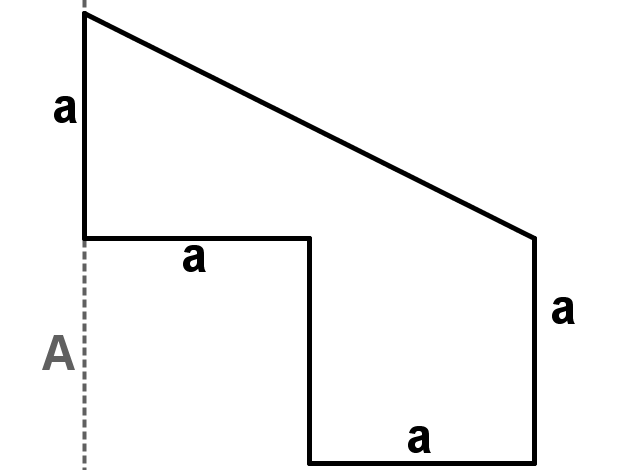Die nebenstehende Figur rotiert um die Achse A.
Berechne das Volumen des Rotationskörpers in Abhängigkeit von a.

Dieses Werk steht unter der freien Lizenz
CC BY-SA 4.0 mit Namensnennung von Herrn Franz Strobl → Was bedeutet das?
Die nebenstehende Figur rotiert um die Achse A.
Berechne das Volumen des Rotationskörpers in Abhängigkeit von a.
